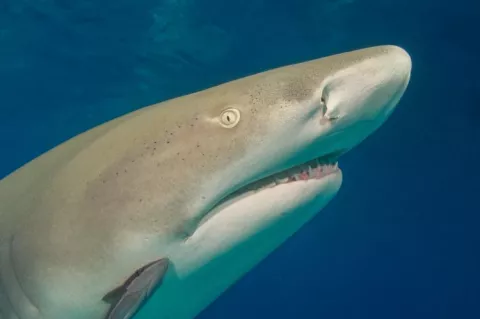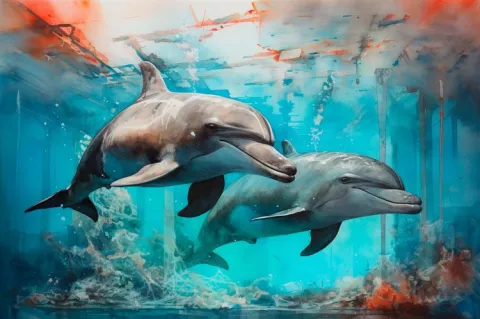Catch-and-release deters sharks from beaches
Researchers conducted trials using SMART drumlines in New South Wales, Australia, to catch and release sharks, particularly White Sharks. The study aimed to quantify the short-term post-release movements and the longer-term fate of these sharks.
Sharks were caught using SMART drumlines deployed about 500 meters from shore. Once captured, they were quickly secured to a research vessel, minimising potential injuries. The sharks were tagged with satellite-linked radio transmitting tags and acoustic transmitters to monitor their movements post-release.





